Aging infrastructure, climate change and a growing population is causing Vancouver to demand that new construction designs work to retain and manage rainwater onsite before it overwhelms the municipal stormwater systems.
But, it begs the question of how much of that responsibility should be at the cost of the building’s owner, said Joanne Sawatzky, managing director at Light House, an organization that promotes sustainability in construction and a circular economy.
“I can see it from both sides, with there being both benefits and problems,” she said, adding municipalities need to control rainwater run-off as densification occurs but developers also need to control costs.
“We have to work together to solve the problems,” she said, as buildings are designed to be more resilient to changing environments. “There also needs to be a benefit to the builder if they install these things such as maybe your connection (to the city pipes) cost is less.”
While the focus has been on larger structures, Vancouver is currently targeting low-density new buildings which include single-family homes, duplexes and multiplexes.
“The proposal is that all new low-density development would require detention tanks as of July 2025 with council approval,” an email from the city said, adding rainwater management is becoming an important city issue in light of anticipated redevelopment and an aging drainage system.
While Vancouver has embarked upon a twinning program separating stormwater from sewage, the majority of city is on a single combined pipe system.
In 2023 the city also passed a bylaw that allowed up to six units on a single-family lot under its low-density rating.
The proposal for July 2025 implementation is for a plumbing contractor to choose from a menu of detention tanks, which can capture and slow release water, based on lot size.
“Other approaches to address flow control objectives on low-density buildings (such as green roofs) may still be pursued through an alternative solution process if it can be demonstrated that the intent of the prescriptive tank requirements is met,” the city said.
The City of North Vancouver has already embarked on a similar program wanting to adopt a capture and control of up to 70 per cent of the peak average daily rainfall to lessen impact on its system.
All new developments will be required to meet stormwater management targets and must submit a stormwater management plan. Three units on a site or larger must have a professional draw up the plan. The city’s recommended tools are infiltration chambers, rainwater tanks with infiltration chambers and rainwater tanks.
Vancouver’s goal is to capture and treat 90 per cent of the rainwater that falls in the city using a combination of green rainwater infrastructure and conventional pipe systems. It has focused on higher density developments in the past.“The City of Vancouver sets rainwater management performance objectives, leaving it to the developer’s professionals to determine the best strategy for a particular new building and site,” it said.
For professionals planning a vegetated roof assembly, the City of Vancouver recently upgraded its installation requirements with the changes supported by the Roofing Contractors Association of British Columbia ().
Cooling towers are also using captured rainwater. Currently there are 649 cooling towers registered in the city of Vancouver.
“The new Oakridge development will be using treated rainwater and groundwater for the site’s cooling towers,” said the city.
The strategies Canadian cities are now putting in place to manage intense rain events have been used in Europe for decades where there is a stronger focus on making buildings more sustainable over a longer life, said Ronald Schwenger, principal of Architek SBP Inc., which provides site water management design, consultation, products and systems.
Denser population developments are creating more hard surfaces, all shedding rainwater into aging municipal systems, Schwenger said. Municipalities are having to find solutions to slow the process by retaining it onsite or taxing the property owner on volume runoff.
“If you don’t deal with stormwater one way or another, whether it is a green or blue roof or it drains into gardens or you are retaining it, you are going to have put in a meter and charge for it,” he said, as some cities like Toronto have proposed unsuccessfully a rain tax.
As densification is causing municipalities to see more hard surface runoff, it has “absolutely” changed building design on sites for the better, said Schwenger.
“The construction industry has responded more to the stick than to the carrot,” he said, as developers are forced to build in the green features even if it is a market building that will be sold.
Just as building design now is responding to rainwater management, there is also the impact of drought. Schwenger said his company has designed a blue-green roof at 150 W. 4th in Vancouver.
While green roofs are vegetated, blue roofs are designed to hold water for slow release, irrigation or building cooling. The blue-green roof combines attributes. Rainwater is retained in a sublayer beneath a green roof’s vegetation, with water wicked up as needed.
“This kind of integrated system is highly sustainable instead of using city water to irrigate,” he said.


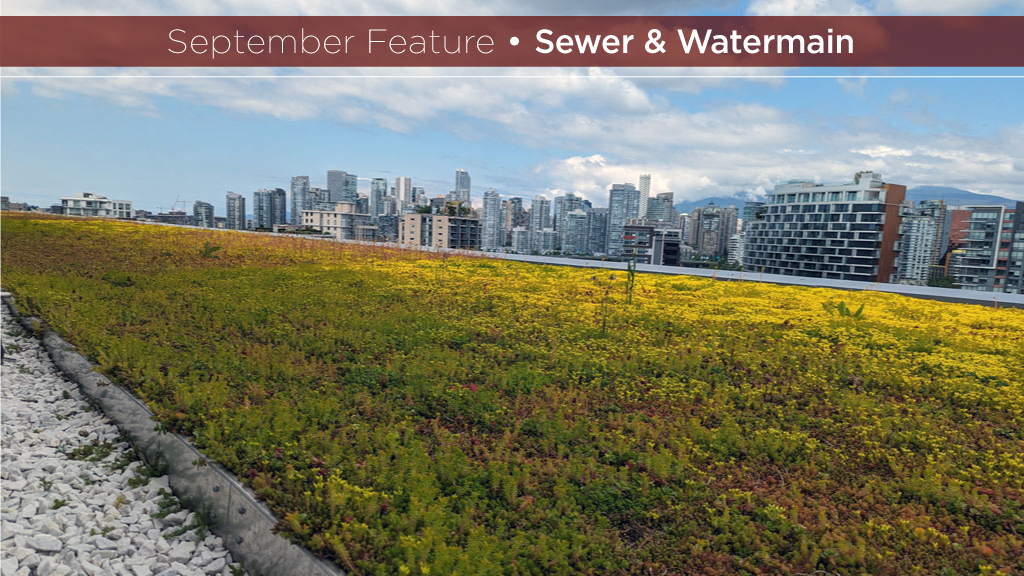
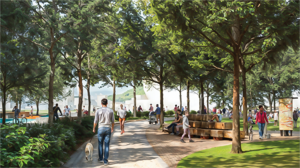
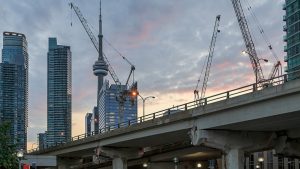
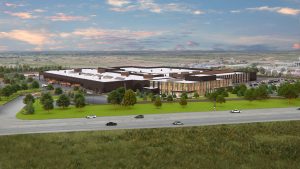
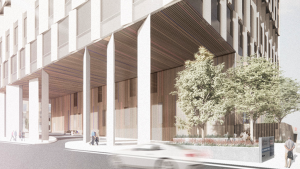
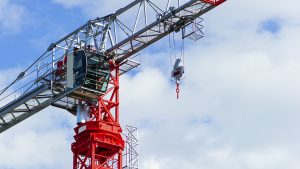
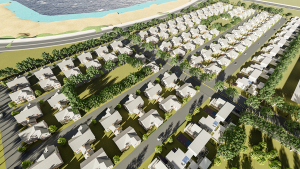

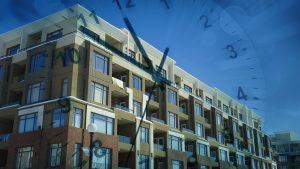
Recent Comments
comments for this post are closed